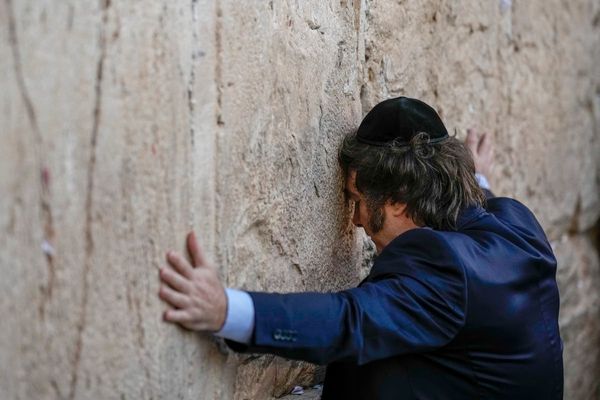The story so far: The Ministry of Culture, in a notification issued on March 8, declared its intention to delist 18 protected monuments as they have “ceased to be of national importance.” The government has evoked Section 35 of the Ancient Monuments and Archaeological Sites and Remains Act, 1958 (AMASR Act), which gives it the power to delist ancient and historical monuments or archaeological sites and remains which were earlier declared to be of national importance.
The government has notified a period of two months for the public to register objections or suggestions.
What does the government’s decision mean?
An ancient monument which is declared to be of national importance by or under the AMASR Act is classified as a protected monument. The Ministry of Culture, through the Archaeological Survey of India (ASI), takes care of all the centrally protected monuments of national importance, as well as excavation of historical sites and collection and showcasing art objects of historical and cultural importance.
Apart from maintaining/developing centrally protected monuments, the ASI also takes up other responsibilities like providing drinking water, toilet blocks, facilities for the physically challenged, pathways, cultural notice boards/signage, vehicle parking, and cloak rooms to tourists visiting these monuments.
Section 35 of the AMASR Act allows the central government to delist any ancient and historical monument or archaeological site and remains when it believes that they are not of national importance anymore.
Once the centrally protected monuments are delisted, the ASI and Ministry of Culture will no longer be responsible for their preservation, safeguard, and conservation.
The background
The 359th Report of the Parliamentary Standing Committee on Transport, Tourism and Culture, titled ‘Functioning of the Archaeological Survey of India,’ had in 2023 said that there are “several problems” with centrally protected monuments in the country. Currently, the ASI looks after 3,693 monuments, and the parliamentary committee report suggested that at least a quarter of those are minor monuments with no national significance.
A 2013 report submitted by the Comptroller and Auditor General of India on Performance Audit of Preservation and Conservation of Monuments and Antiquities said that 92 monuments were not “traceable” during an inspection. Many of these, including Kos Minars of Shahabad and Mujessar in Haryana, the Bara Khamba cemetery in Delhi, and multiple cemeteries and tombs in Uttar Pradesh now find themselves among monuments notified to be delisted.
Which monuments are included in the list?
The list includes 18 centrally protected monuments, spread across Arunachal Pradesh, Haryana, Madhya Pradesh, Delhi, Rajasthan, Uttar Pradesh, and Uttarakhand.
Most of these monuments are from the pre-Independence era. The Kos Minars, for example, were introduced under the rule of Sher Shah Suri to mark a distance of a little over 3 km.
The AMASR Act
The AMASR Act was passed by Parliament in 1958 for the protection and preservation of archaeological and historical monuments and sites. It also provides for the regulation of archaeological excavations and for protection of sculptures, carvings and other such objects. The government is planning on introducing an amendment to the Act which alters rules related to construction of public works in “prohibited areas,” and the approval and impact assessment of such public works.
The original Act prohibits construction in an area of 100 metres around protected monuments, and the central government can extend this area beyond 100 metres. With the amendment, the government may be allowed to take up infrastructure projects for public works in this prohibited area.
According to the central government, the “prohibition of new construction within prohibited areas of a protected area or protected monument is adversely affecting the various public works and developmental projects of the central government.”







